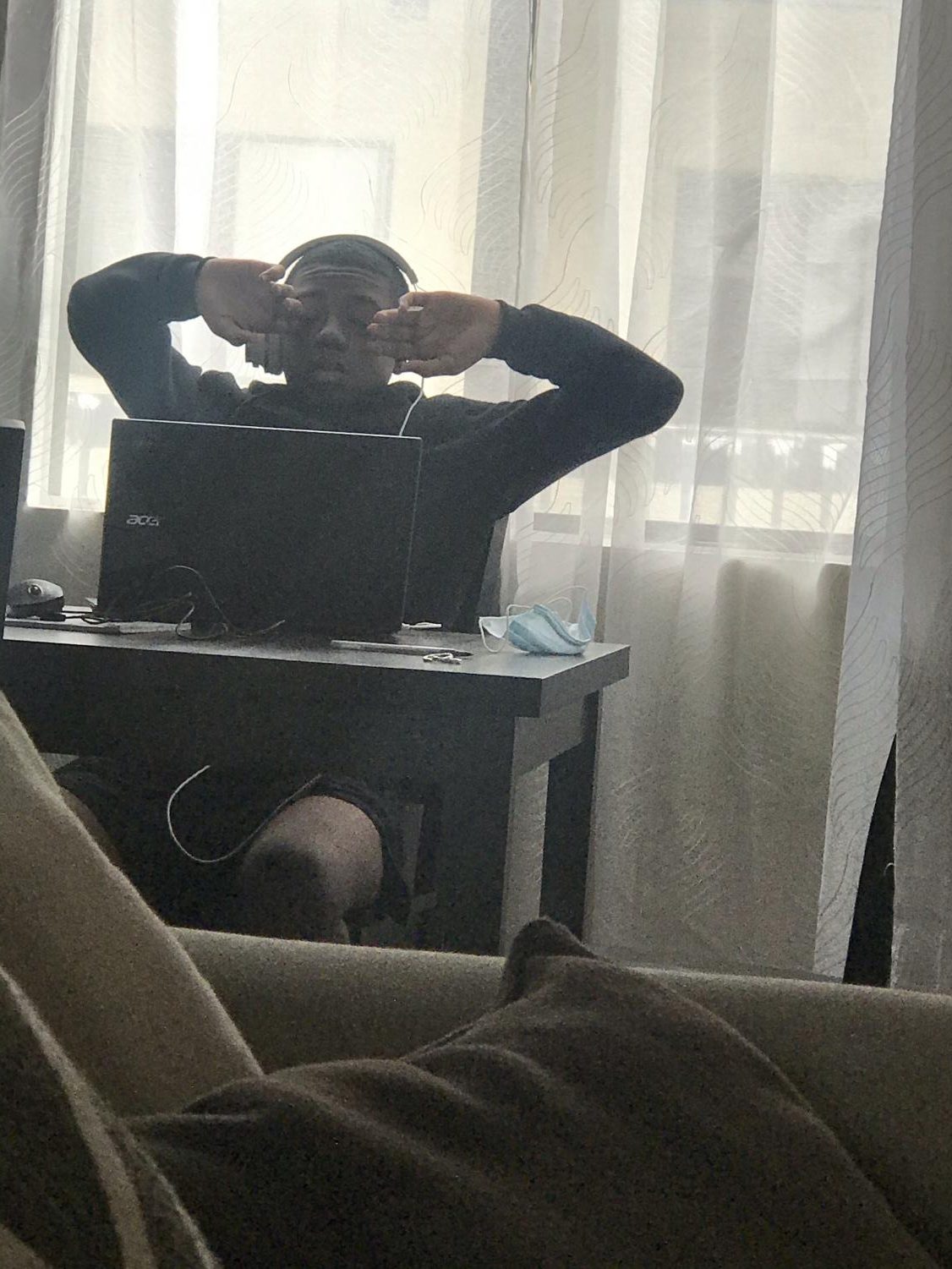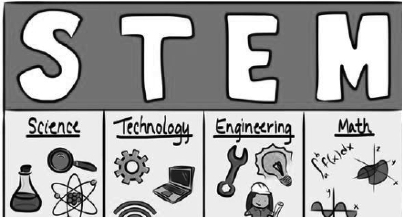Screens in 2020 have become the fulcrum of many people’s personal, professional, and familial lives. Almost every interaction between people is done with a phone, chrome, laptop, or desktop. Because of this, many can spend tens to hundreds of hours looking at a screen over the course of a month. And with school going online in March and continuing into the 2020-21 school year, it would come as no one’s surprise if teens and young children who have spent all of this time staring at screens begin to show eye problems beginning in their late teens or early twenties.
Eye problems have already existed in recent generations affected by the introduction of electronics. Many young people spend most of their social life on apps behind a screen, and the extended exposure has already proven to cause multiple eye problems. These problems are described on UMPC: Life Changing Medicine and can include eye irritation, nearsightedness, and long-term retinal damage.
The retinal damage can also lead to a possible loss of sight, as UMPC says, “Studies show that blue light can damage light-sensitive cells in the retina. This can lead to early age-related macular degeneration, which can lead to loss of eyesight.”
This is caused by a blue-light that screens emit, that can cause erosion at the back of the eyeball, and can eventually lead to blindness. The best way to avoid any long-term ramification that comes from staring at screens for hours at a time is to take time away from them, and allow your eyes to rest from the strain.
The best way to counter this is to minimize the time spent on all devices, regardless of how big or small they are. With developing eye problems, and the warning headaches and eye fatigue of eye strain, The Clinical Eye Institute suggests the 20/20/20 rule to assure that your eyesight doesn’t deteriorate due to eye strain. “For every 20 minutes a person is working they take a 20 second break, looking at something 20 feet away.”








